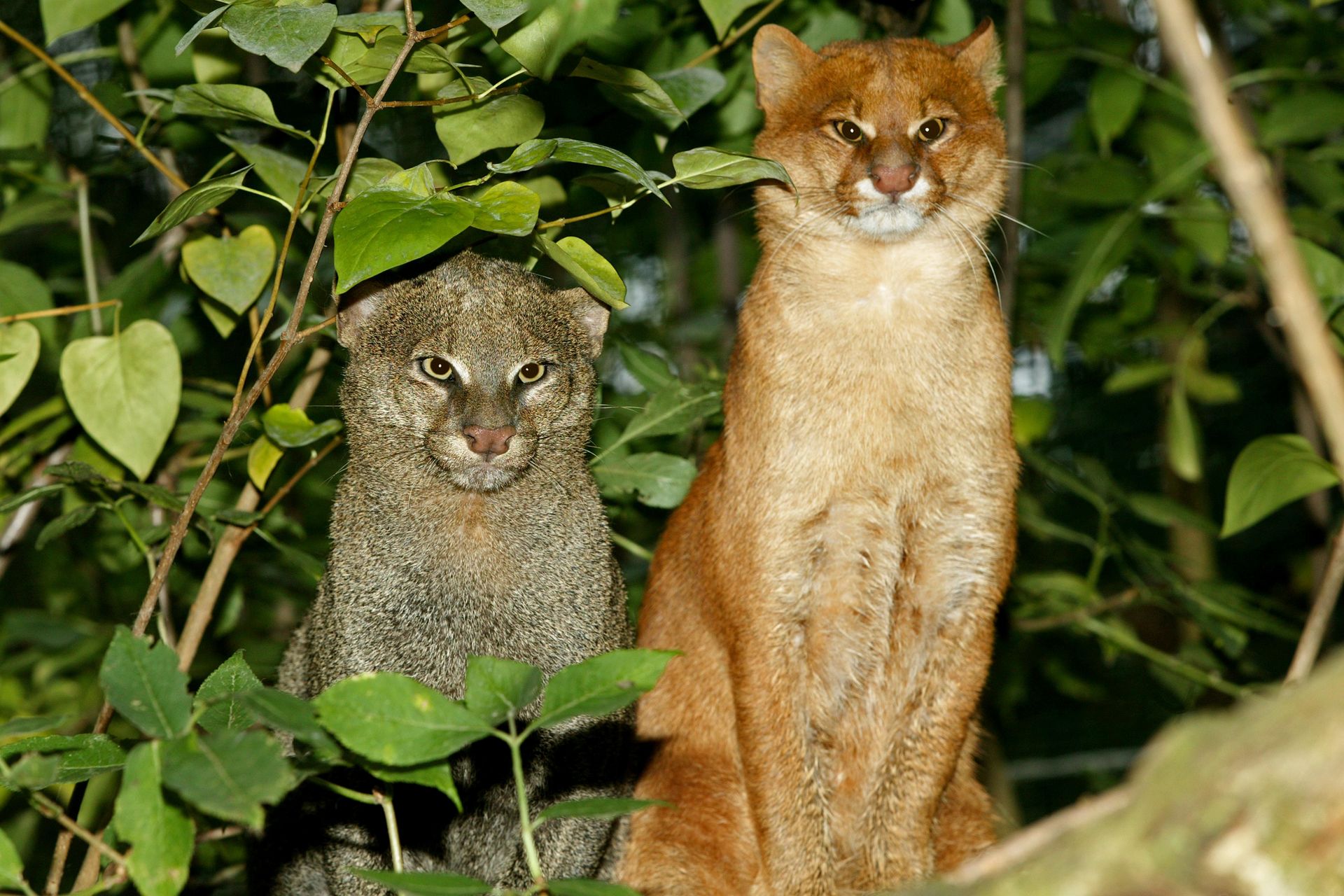
The jaguarundi (Herpailurus yagouaroundi) is a small wild cat native to the Americas. It comes in two distinct color forms: a charcoal or brown-gray type and a reddish, rusty tone. Both colors can appear within the same population, even in the same litter. Known for their slim bodies and flat, otter-like heads, these cats have earned the nickname "otter cat." They remain one of the more mysterious predators in their range.
Trusted by millions. Actually enjoyed by them too.
Morning Brew makes business news something you’ll actually look forward to — which is why over 4 million people read it every day.
Sure, the Brew’s take on the news is witty and sharp. But the games? Addictive. You might come for the crosswords and quizzes, but you’ll leave knowing the stories shaping your career and life.
Try Morning Brew’s newsletter for free — and join millions who keep up with the news because they want to, not because they have to.
This is an advertisement. (Upgrade to ad-free)
Where They Live
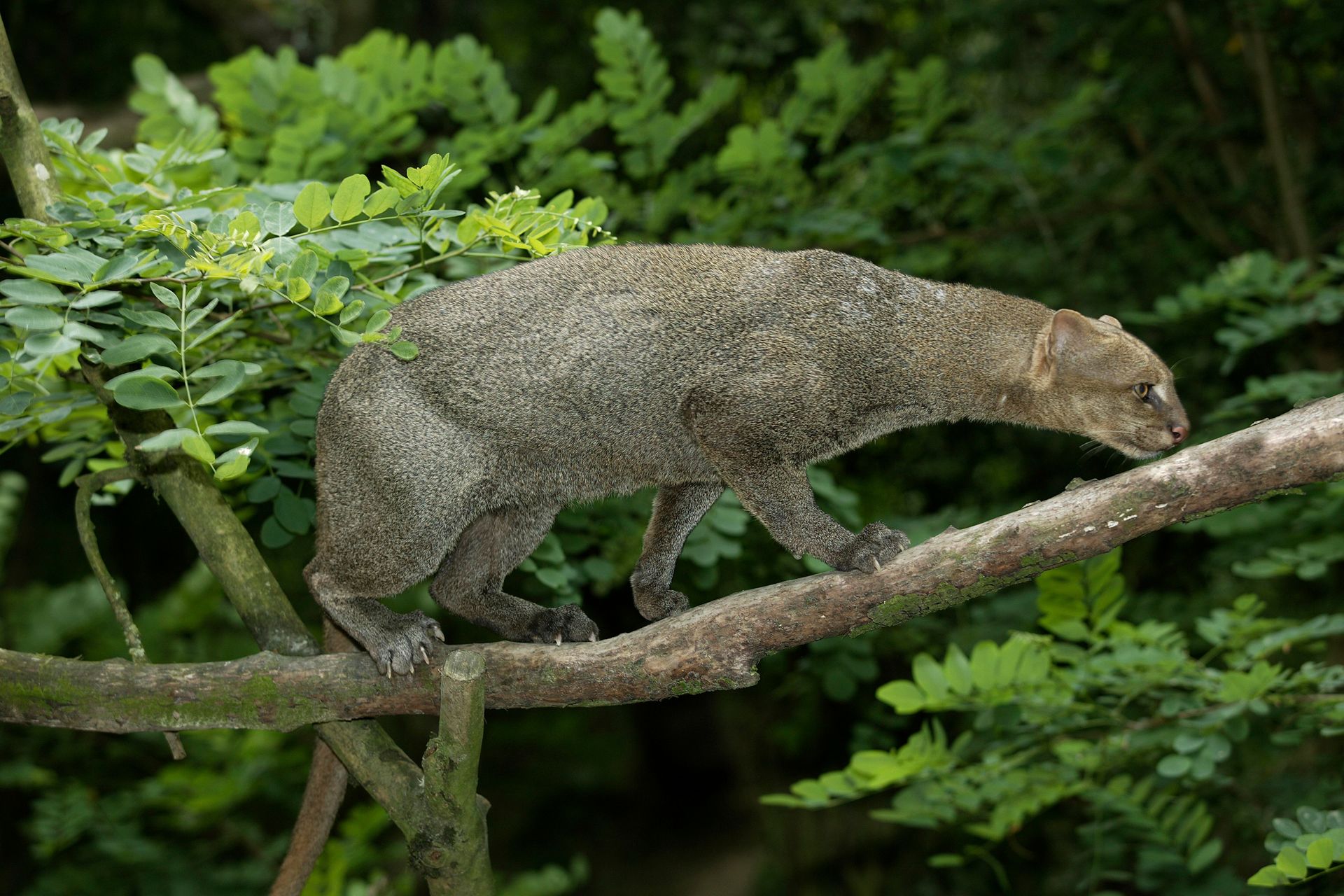
Jaguarundis have an extensive range across the Americas. They live from northern Mexico through Central America and well into South America, reaching as far south as Argentina. Among small wild cats in the region, they are one of the most widespread, second only to the puma.
Fun fact: Pumas are not part of the big cat genus Panthera (which includes lions, tigers, and jaguars); pumas are the largest of the small cats, making them a unique case in terms of size and classification.
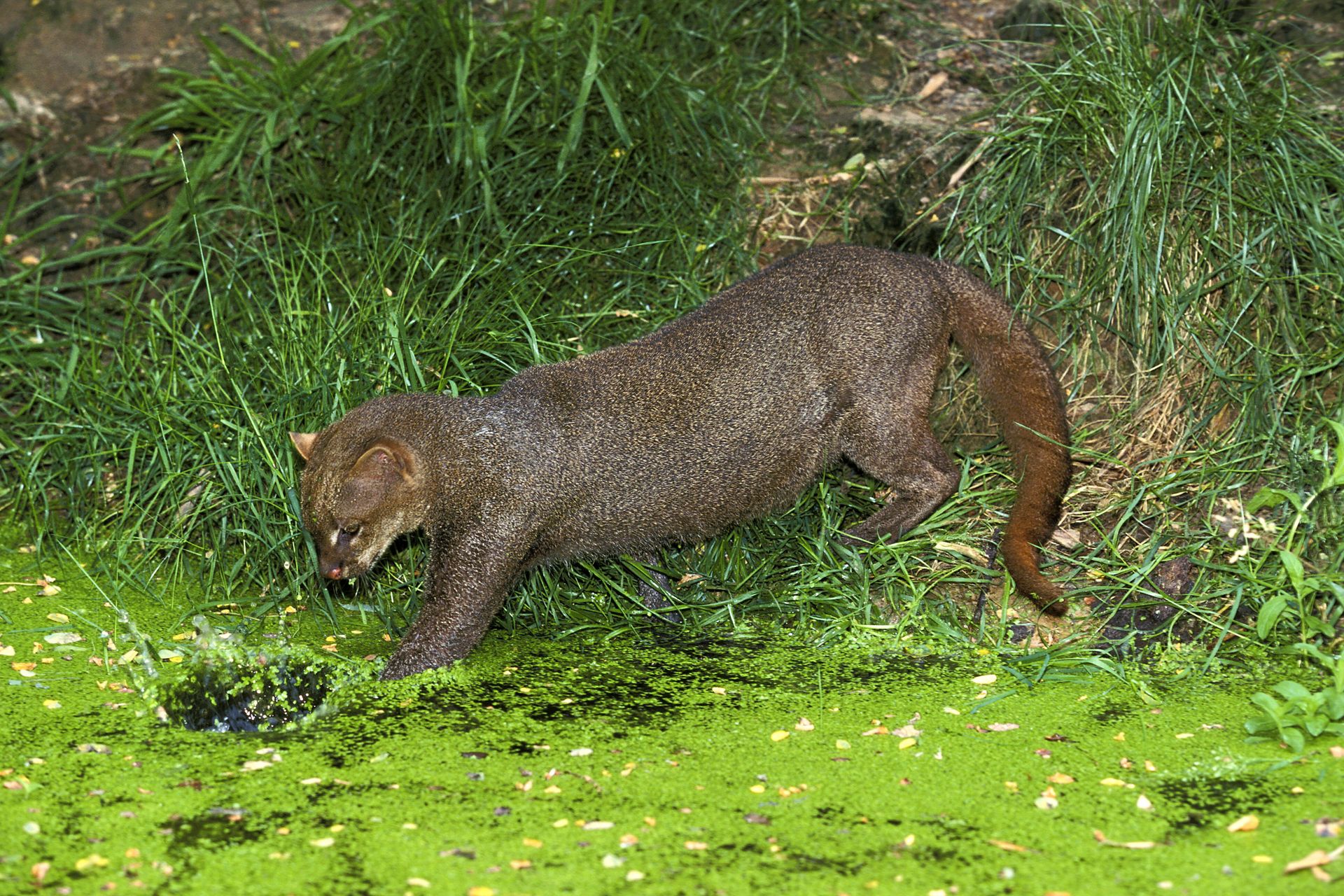
Jaguarundis make themselves at home in a wide range of environments, from tropical rainforests and swamps to dry scrublands, savannas, and semi-arid deserts. What all these places have in common is dense vegetation. These cats stick to areas with thick brush, tangled undergrowth, or shady forest floors where they can stay hidden and hunt in peace. They’re also often spotted near rivers, streams, or wetlands, hinting at a preference for places that offer both cover and water.


While jaguarundis remain fairly common in much of Central and South America, they’ve all but vanished from the northernmost parts of their range. Historically, they lived in the southern parts of North America, with sightings reported in Texas, Arizona, and possibly even Florida. Today, they’re considered locally extinct in the United States, with the last confirmed sighting in Texas back in 1986.
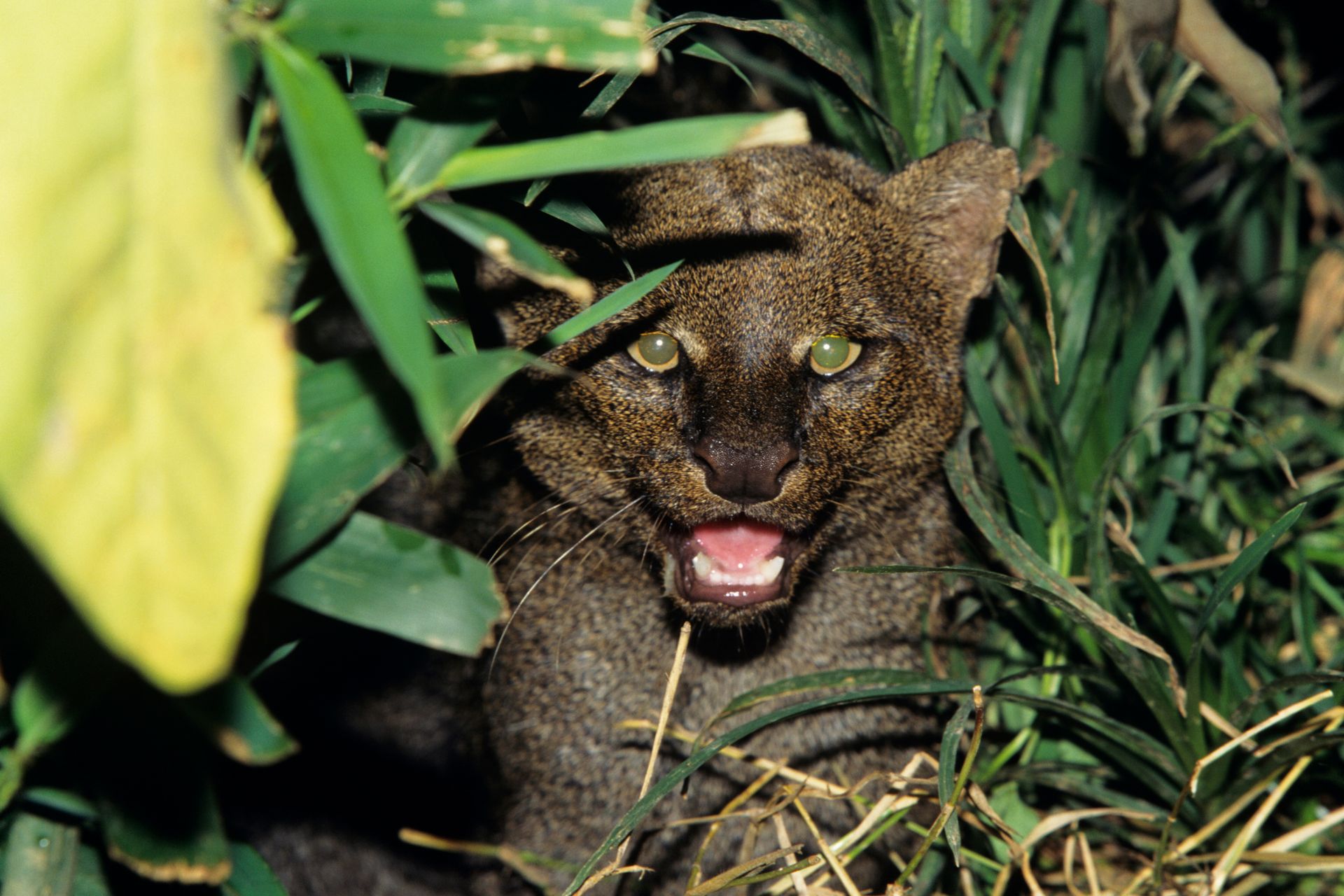
Occasional reports of sightings still come in from the Gulf Coast region, but without strong evidence, experts remain skeptical. At present, the jaguarundi’s stronghold lies squarely in Latin America, where it continues to roam at least 19 countries from Mexico to Argentina.
Fact-based news without bias awaits. Make 1440 your choice today.
Overwhelmed by biased news? Cut through the clutter and get straight facts with your daily 1440 digest. From politics to sports, join millions who start their day informed.
This is an advertisement. (Upgrade to ad-free)
How They Spend Their Days
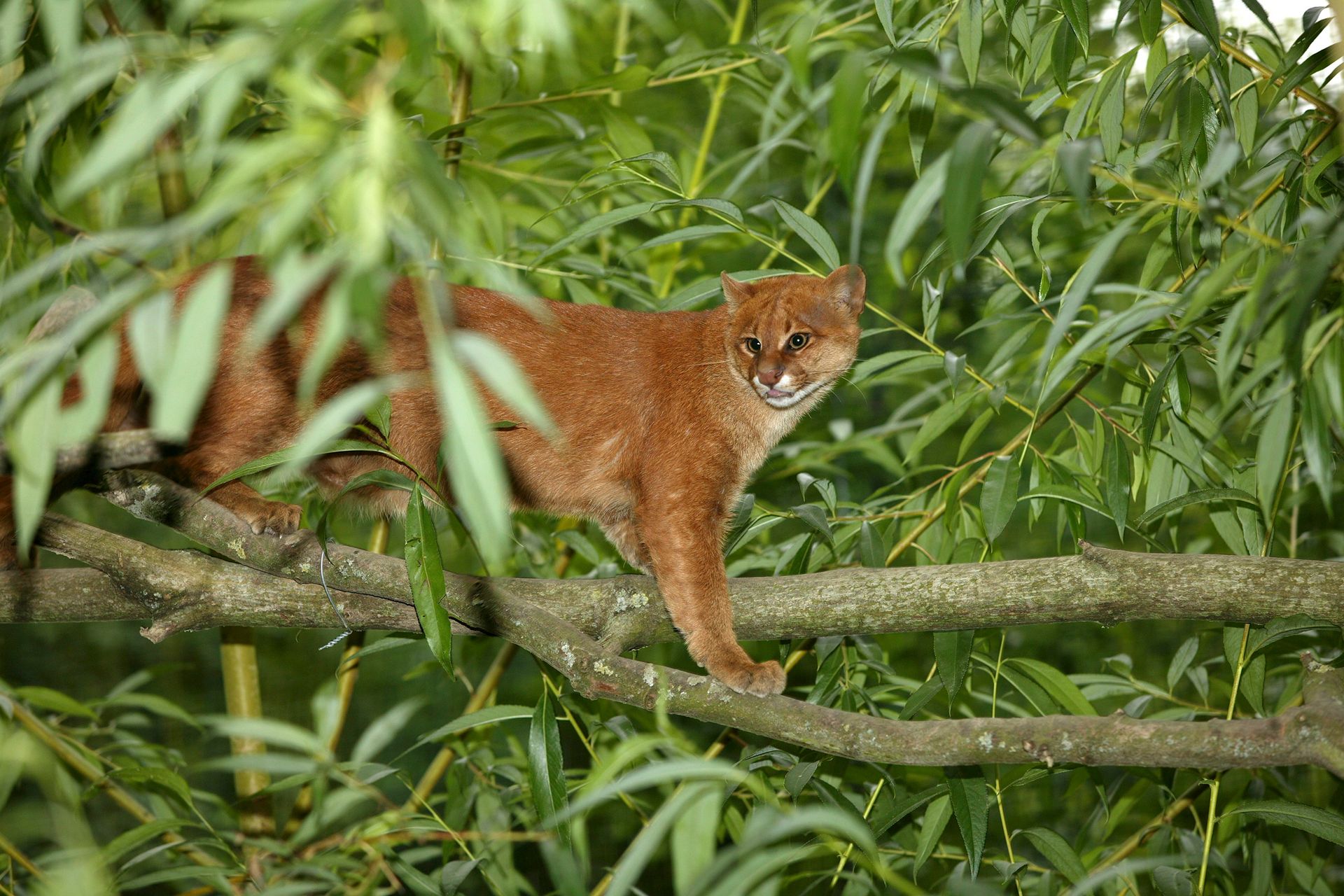
Jaguarundis are secretive and solitary, most often encountered alone. These cats usually live and hunt independently, meeting up only briefly to mate. Unlike many other wild cats, jaguarundis are mostly diurnal, meaning they are active during the day. They often begin hunting at dawn, continue through the daylight hours, and settle down by evening.
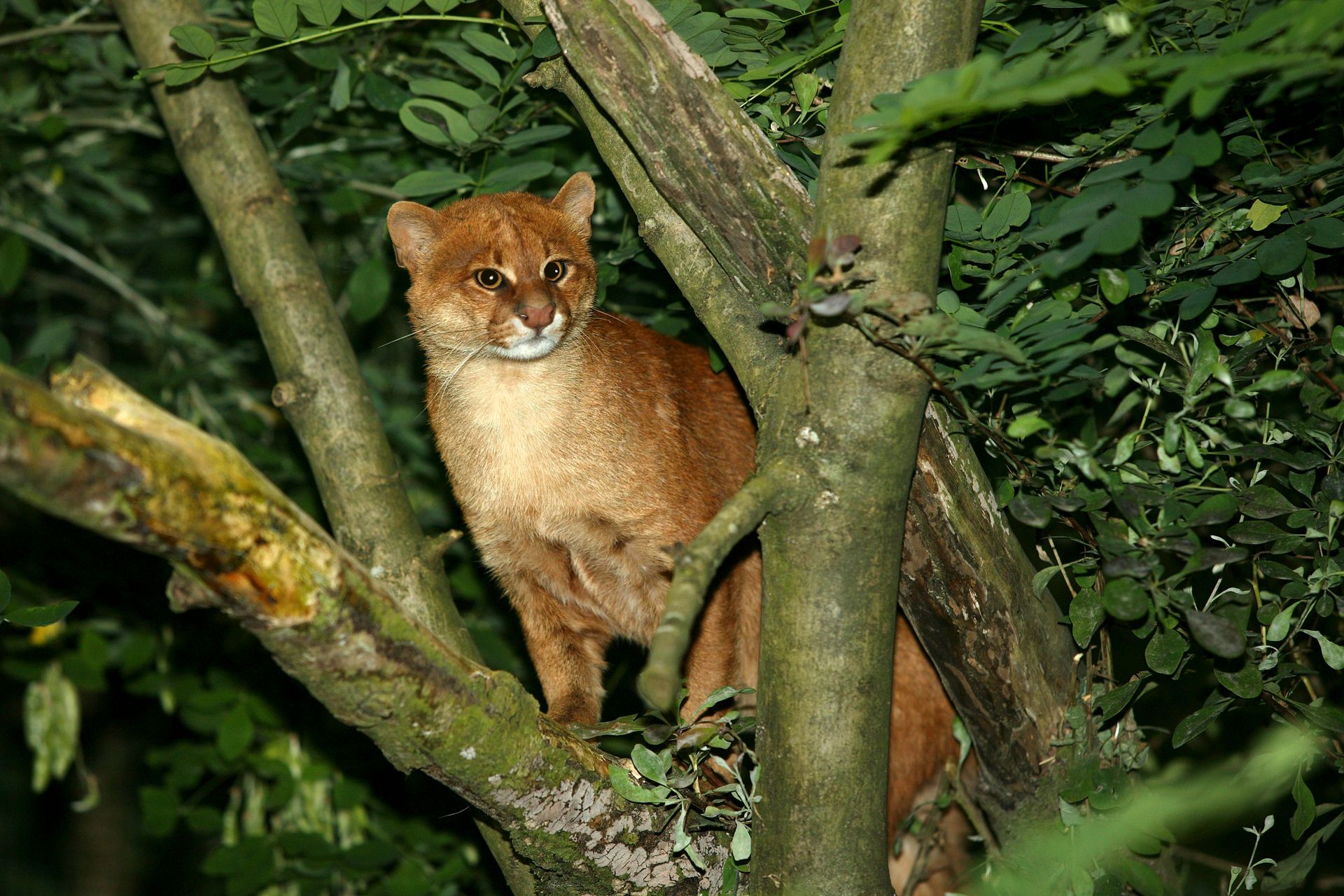
In regions near the edge of their range, they have also been observed during twilight hours, showing a tendency for crepuscular behavior. Being active during the day may help them avoid direct competition with larger, nocturnal predators such as ocelots and jaguars.
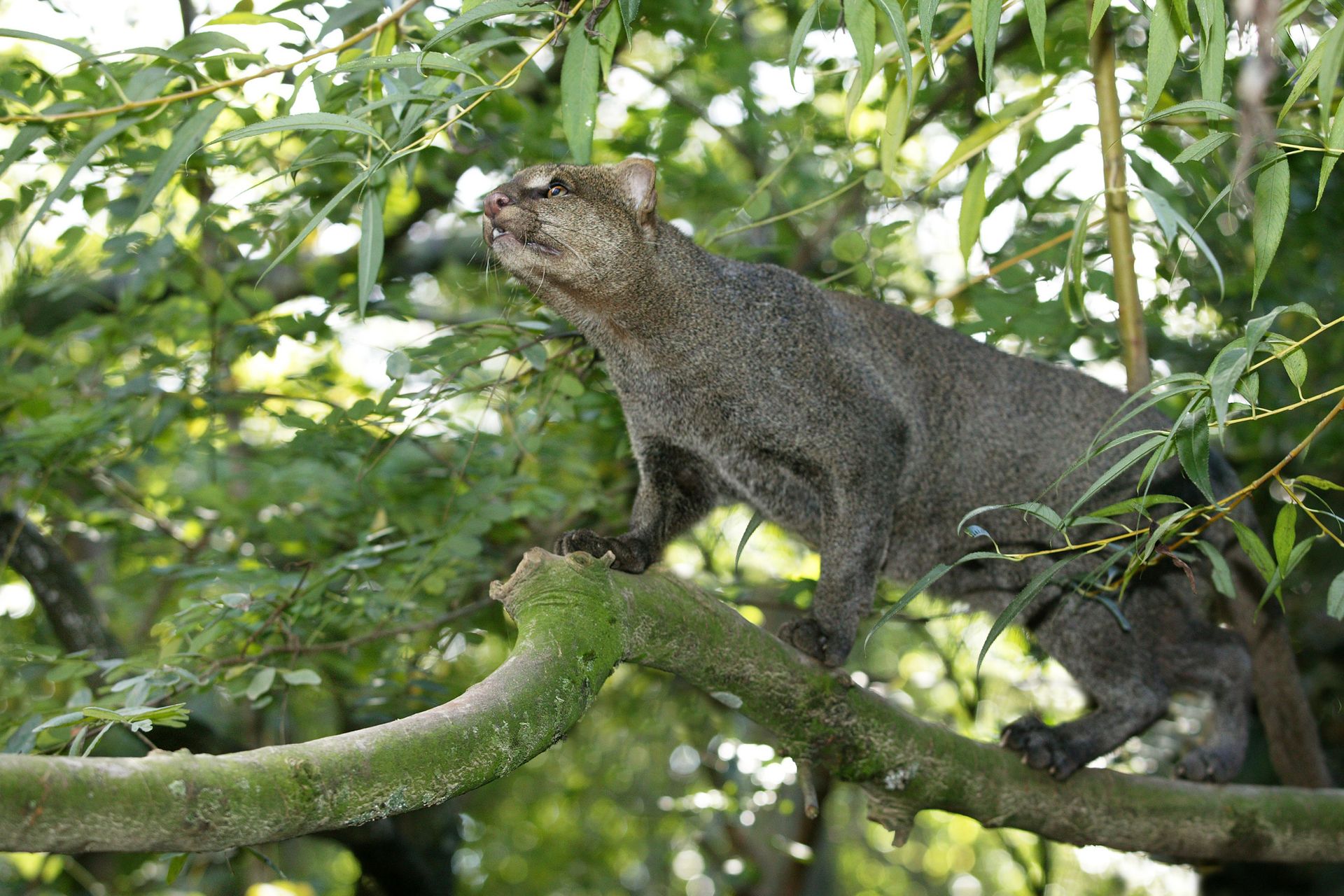
Even in daylight, they are difficult to spot. Jaguarundis move low through dense vegetation and slip away quickly when disturbed. They live at low population densities, sometimes just a few individuals per 100 square kilometers (40 square miles), which makes sightings rare. Camera traps often capture images of other cats, like bobcats or ocelots, more frequently than jaguarundis.
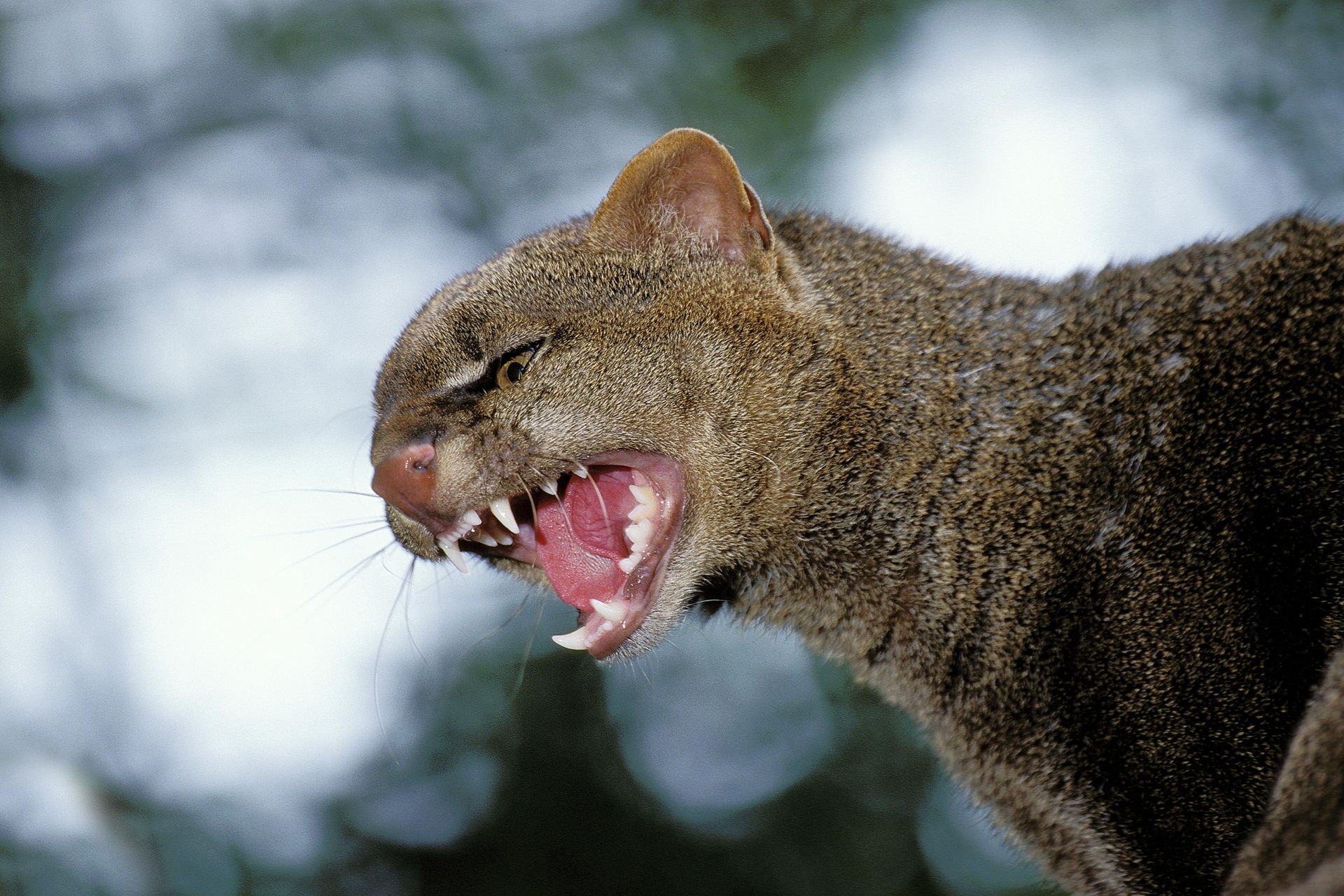
Jaguarundis may be reclusive, but they are surprisingly vocal. They use a wide variety of sounds, with up to 13 distinct calls recorded. These include purrs, whistles, yaps, chatters, growls, and even bird-like chirps. This rich vocal range likely helps them stay in contact through dense brush, whether it’s between a mother and her kittens or between potential mates.
What They Eat and How They Hunt
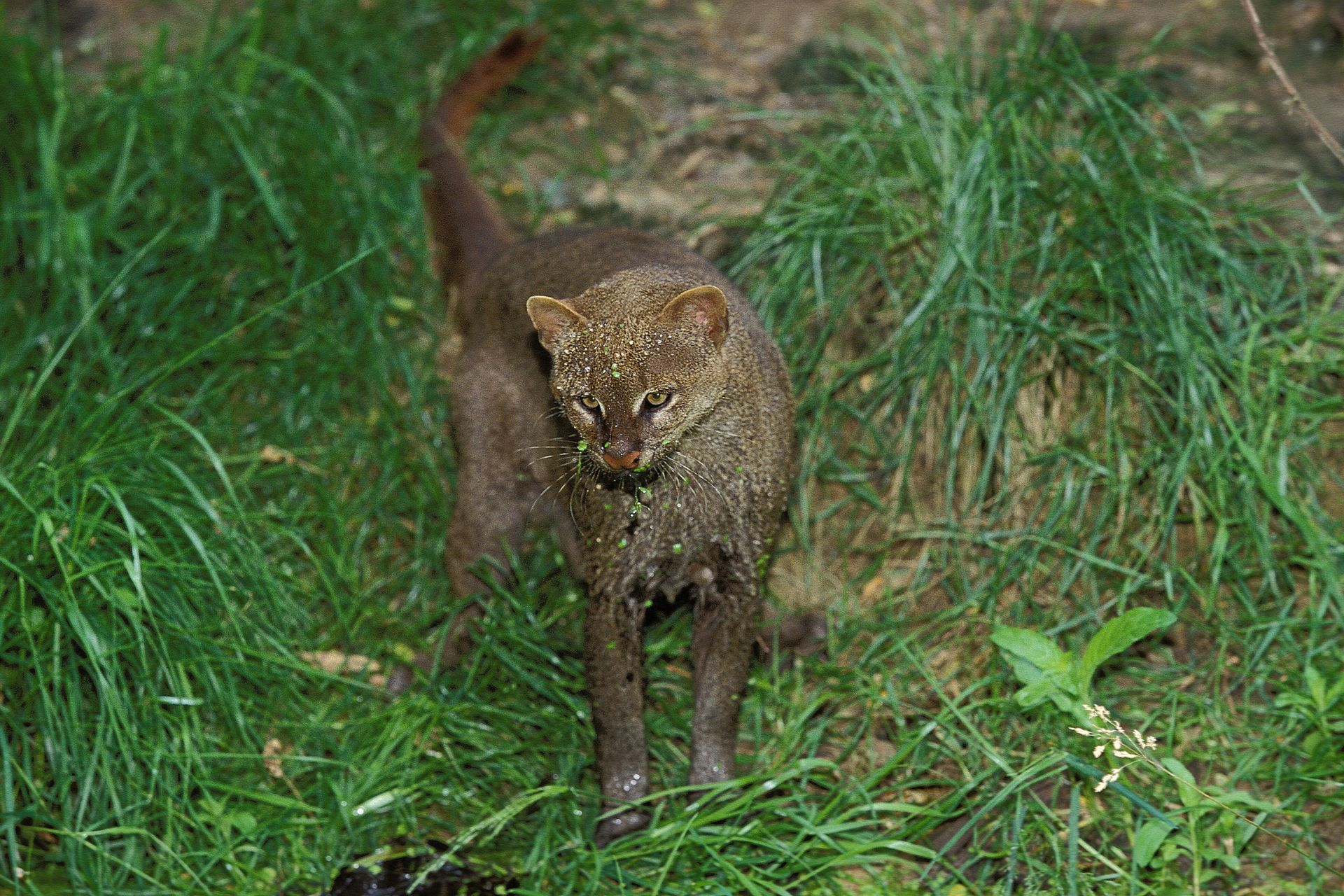
The jaguarundi is a carnivore with a varied diet and is an agile hunter on both land and in water. Small mammals make up a large part of its menu. It will stalk and pounce on rodents like rats and mice, or take rabbits when available. It is also skilled at catching birds, especially ground-dwelling or low-flying species.
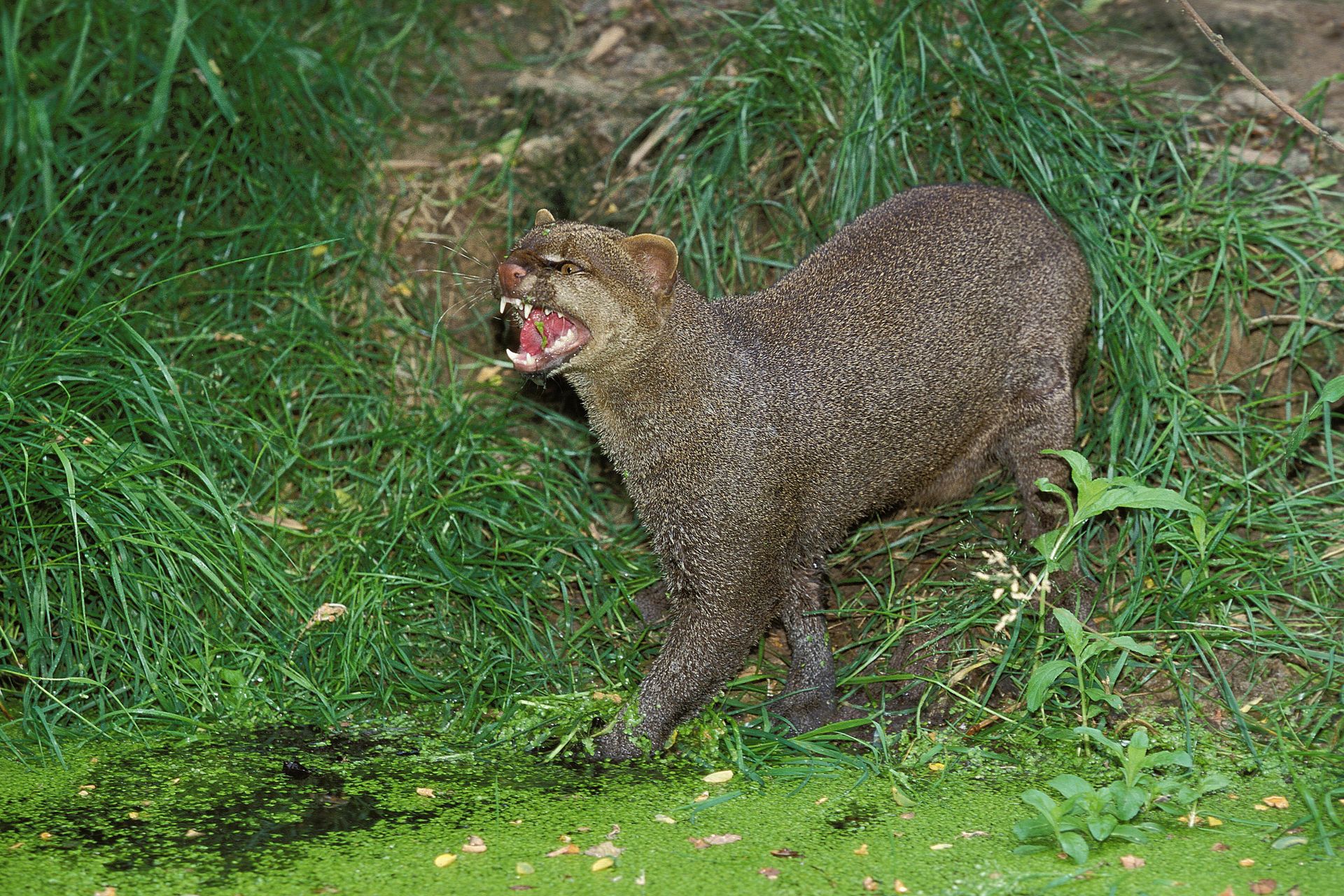
Observers have recorded jaguarundis leaping more than 1.5 meters (about 5 feet) into the air to snatch birds mid-flight. They also hunt lizards, snakes, and other small reptiles, and will eat insects from time to time. In some areas, jaguarundis have been seen catching fish or frogs from streams. They are strong swimmers, and this fishing ability sets them apart from many other wild cats.
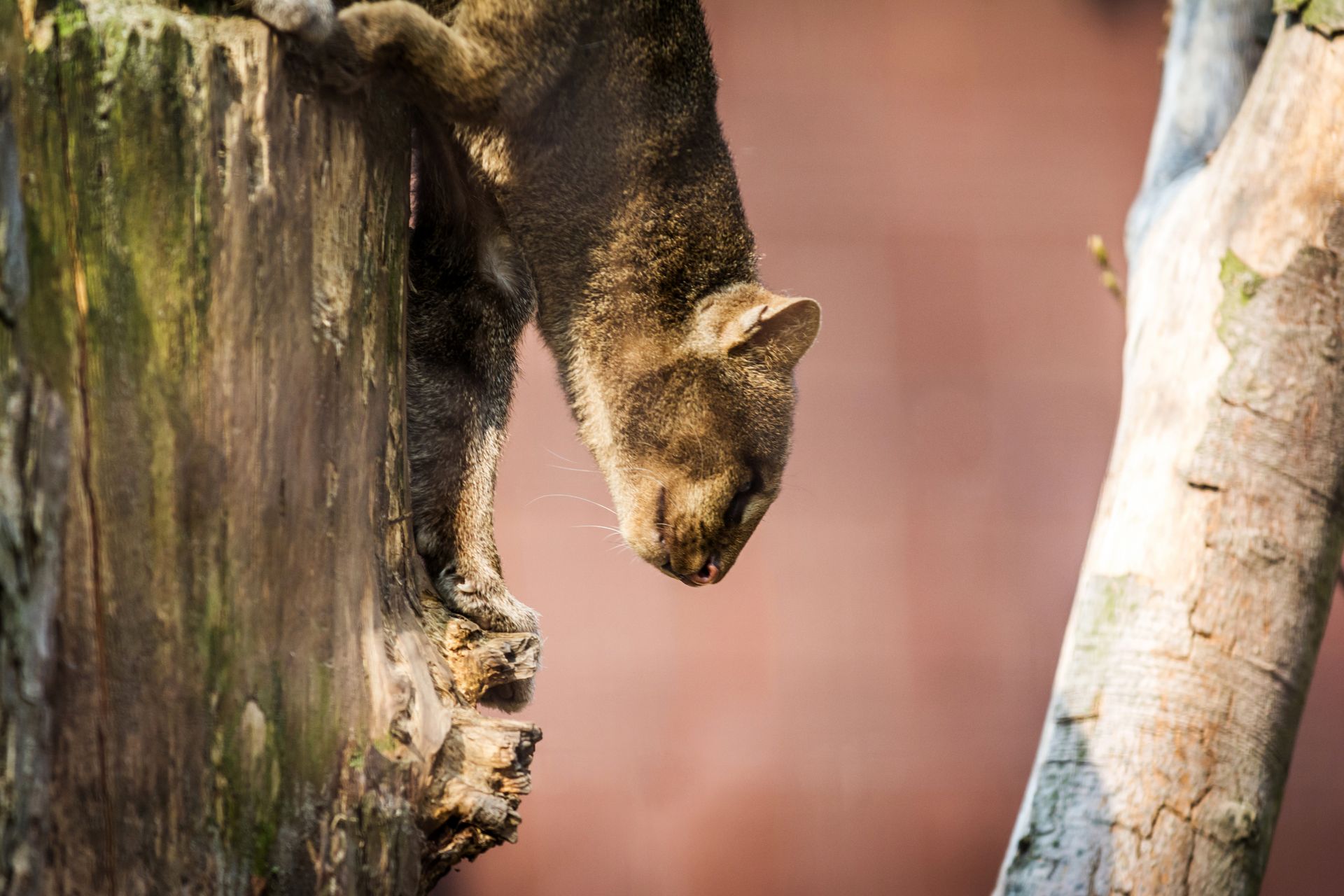
Although meat is their main food source, jaguarundis occasionally eat fruit or plant matter. Analyses of their scat and stomach contents suggest they may consume wild fruit in small amounts, possibly for hydration or nutrients, or perhaps by accident while eating prey. Their hunting style is opportunistic and somewhat resembles that of a weasel. They move through thick brush, flush out small animals, and chase them down with quick bursts of speed or agile movements through trees and water.
Raising the Next Generation

There is no fixed breeding season. Mating can occur year-round depending on the region. When a female enters estrus, which lasts about 3 to 5 days, she often signals her readiness by rolling on her back and marking territory with urine. After mating, she searches for a quiet, hidden place to raise her young. Suitable den sites include hollow logs, dense thickets, caves, or brush piles where she can give birth and tend to her kittens in safety.

The gestation period lasts around 70 to 75 days. Litters typically include 1 to 4 kittens, with two being the average. Newborns are blind and helpless, often showing faint spots or speckles in their fur that fade within days as their coats shift to solid gray or reddish tones. The mother nurses her young for about six weeks but starts introducing small pieces of prey when the kittens are as young as three weeks. By the end of six weeks, they are usually weaned off milk.
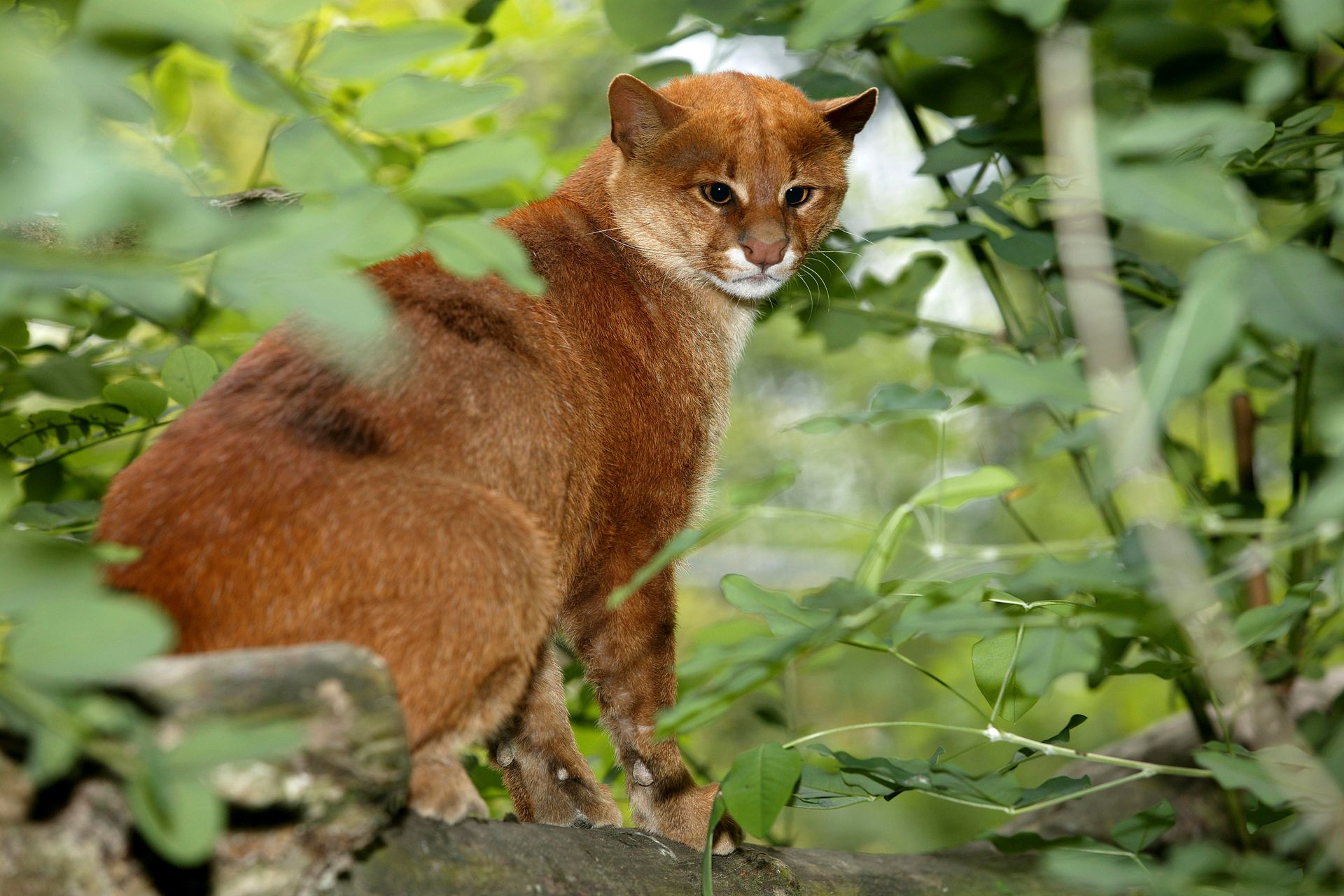
The young may remain with the mother for several months as they learn to hunt. In some cases, offspring stay up to 8 to 10 months before striking out on their own. While jaguarundis can live 15 to 20 years in captivity, their lifespan in the wild is likely closer to a decade due to natural risks and environmental challenges.
Build, Color, and Classification
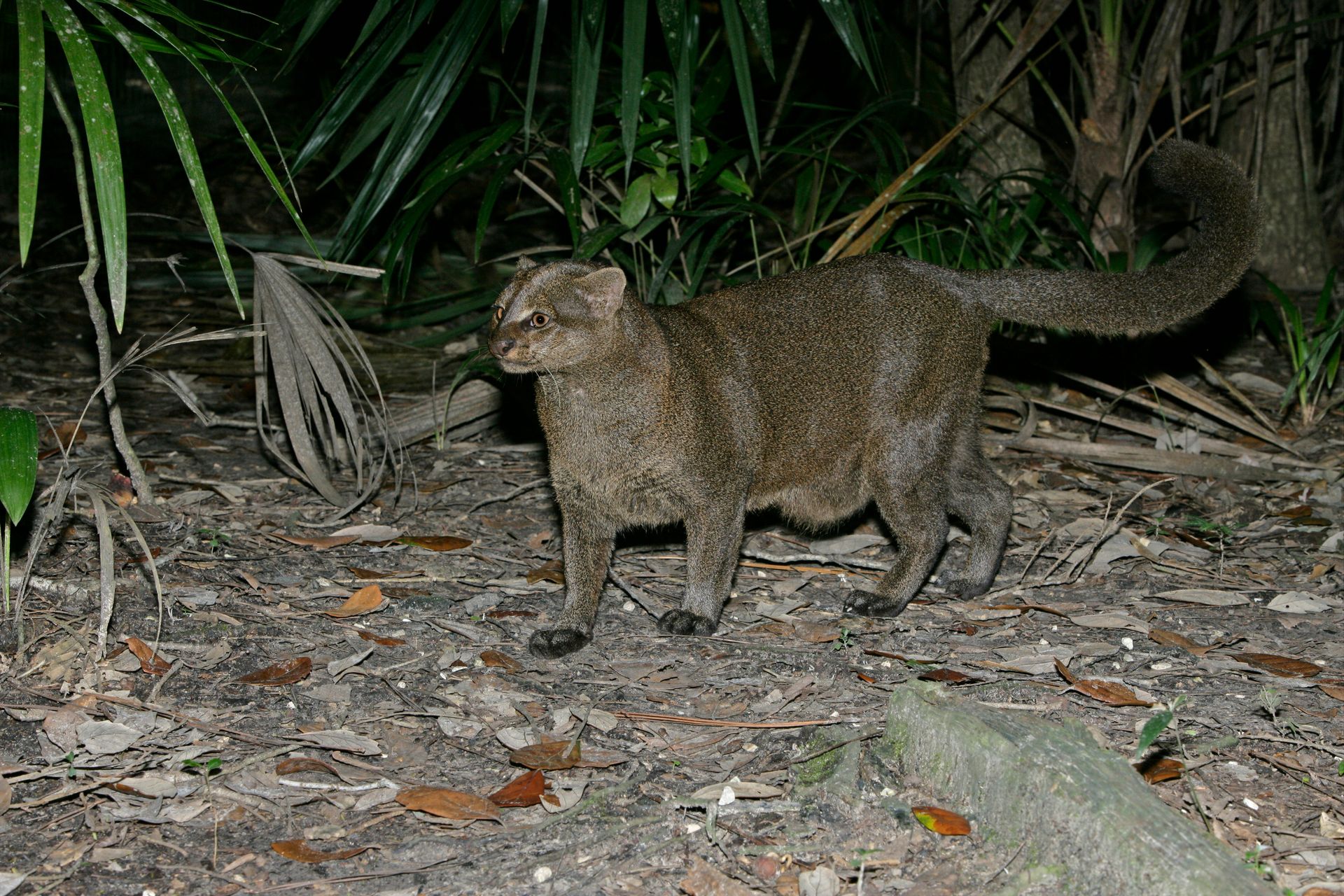
The jaguarundi is only slightly larger than a housecat, but it looks quite different. Adults measure about 1 to 1.3 meters (3 to 4 feet) from nose to tail, with nearly half that length made up by the tail. They stand roughly 30 to 45 centimeters (1 to 1.5 feet) tall at the shoulder and weigh between 3.5 and 7 kilograms (8 to 16 pounds), making them just a bit heavier than the average pet cat.
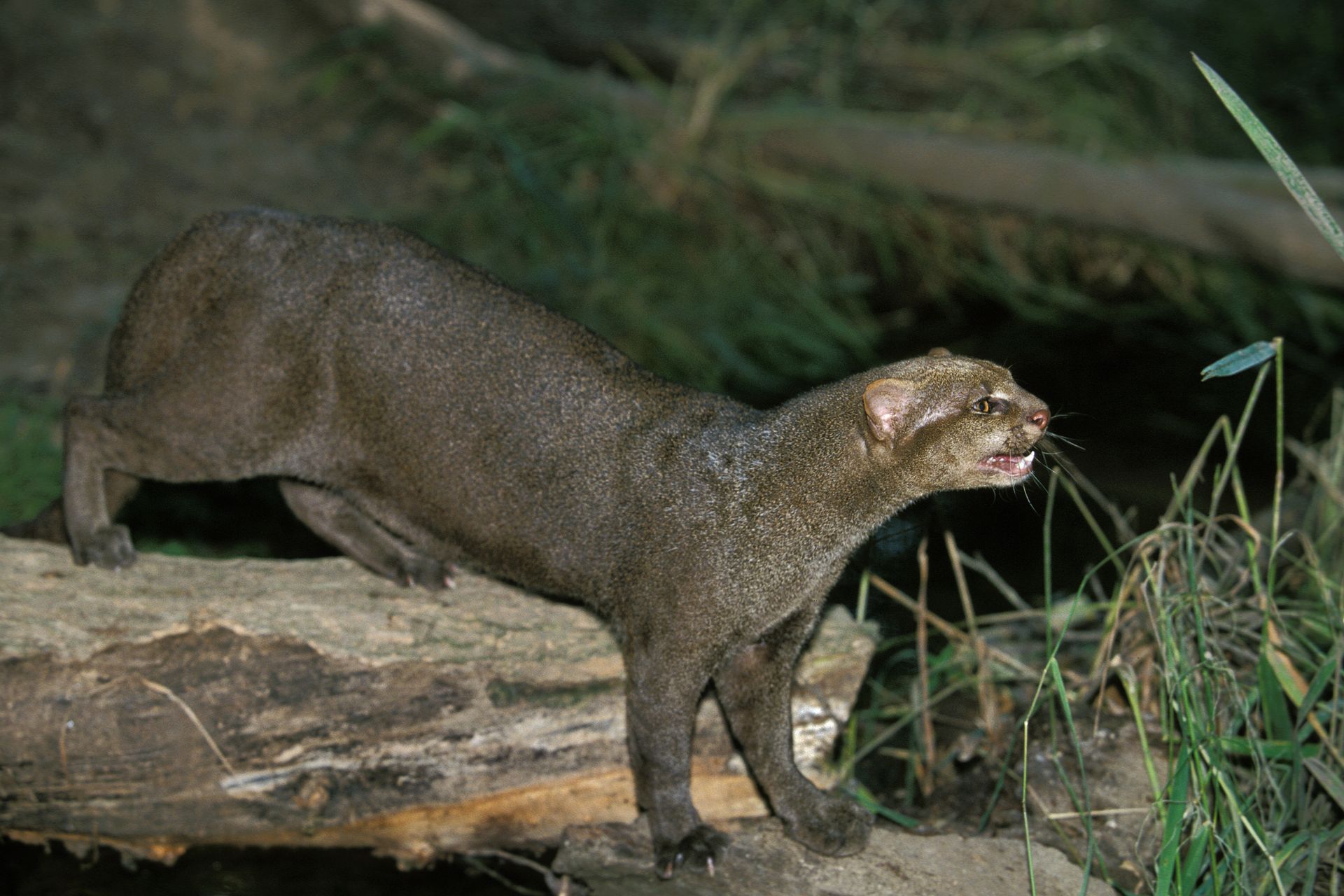
Their shape is what really sets them apart. With short legs, a long torso, a flat head, and rounded ears spaced far apart, jaguarundis have an otter-like face and a low, slinking walk. This is why many locals call them “gato nutria,” or otter cat.
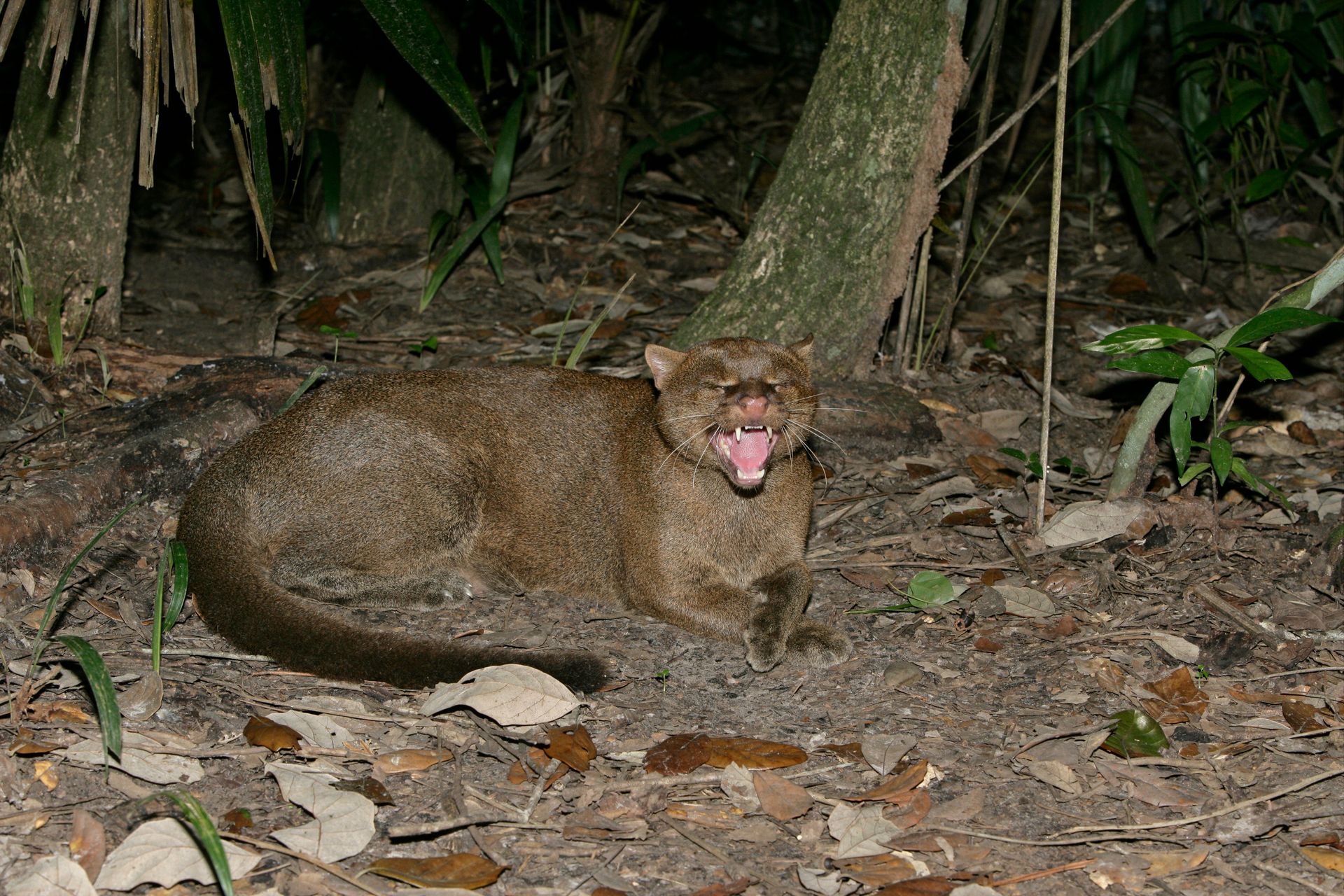
Their coat is sleek and solid-colored, with no spots or stripes. A single litter can include both red and gray kittens. The darker coats tend to be more common in dense rainforest habitats, while reddish individuals are more often found in drier, open areas.


In the early 1800s, naturalists believed the gray and red jaguarundis were separate species. The reddish form was even given its own scientific name and referred to as the “eyra.” It wasn’t until later, as more observations became available, that scientists confirmed that both color types belong to the same species.
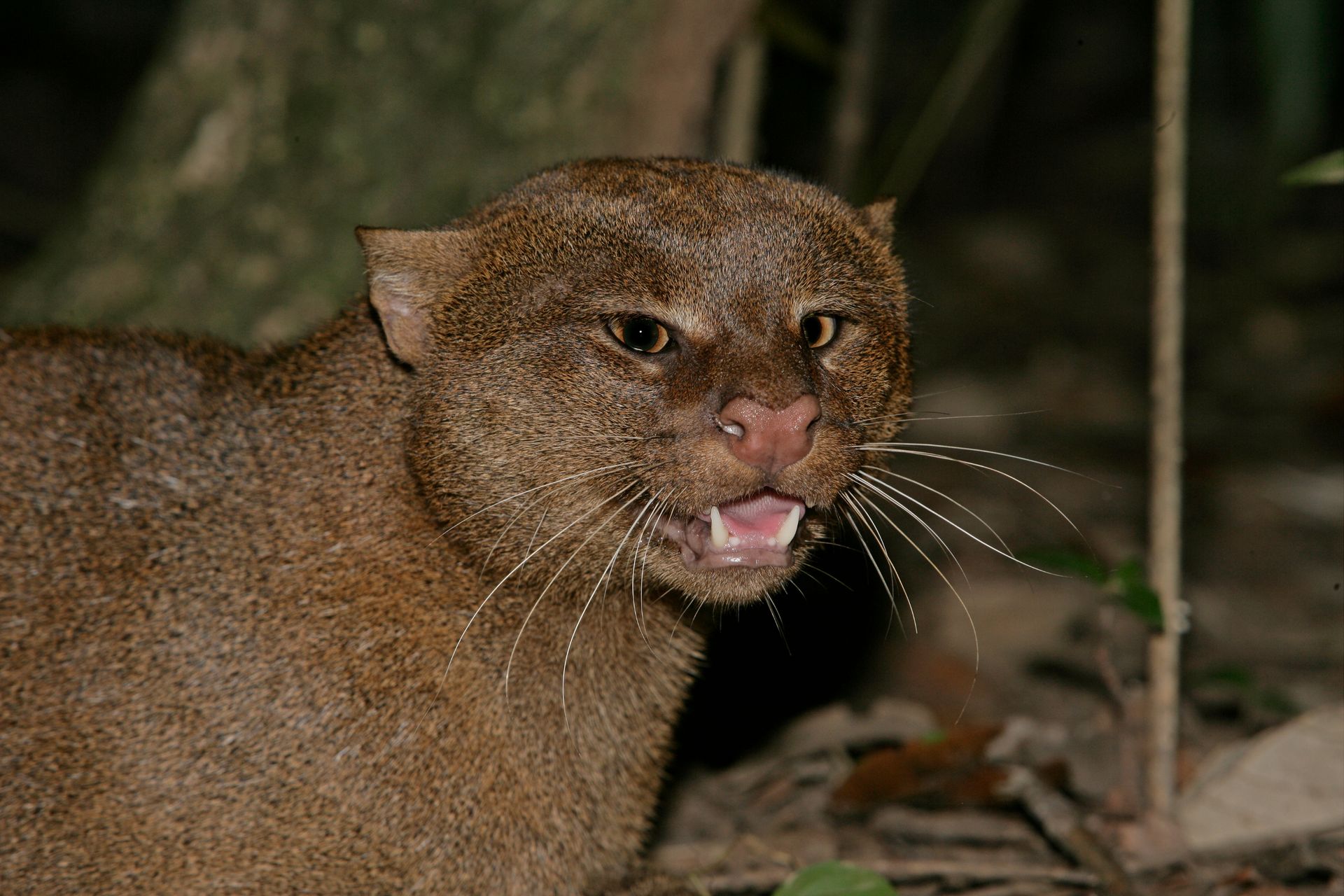
The name jaguarundi might suggest a link to jaguars, but the two are not closely related. DNA studies show that jaguarundis are more closely related to pumas (also known as cougars or mountain lions) and even cheetahs than to spotted cats like jaguars or ocelots.
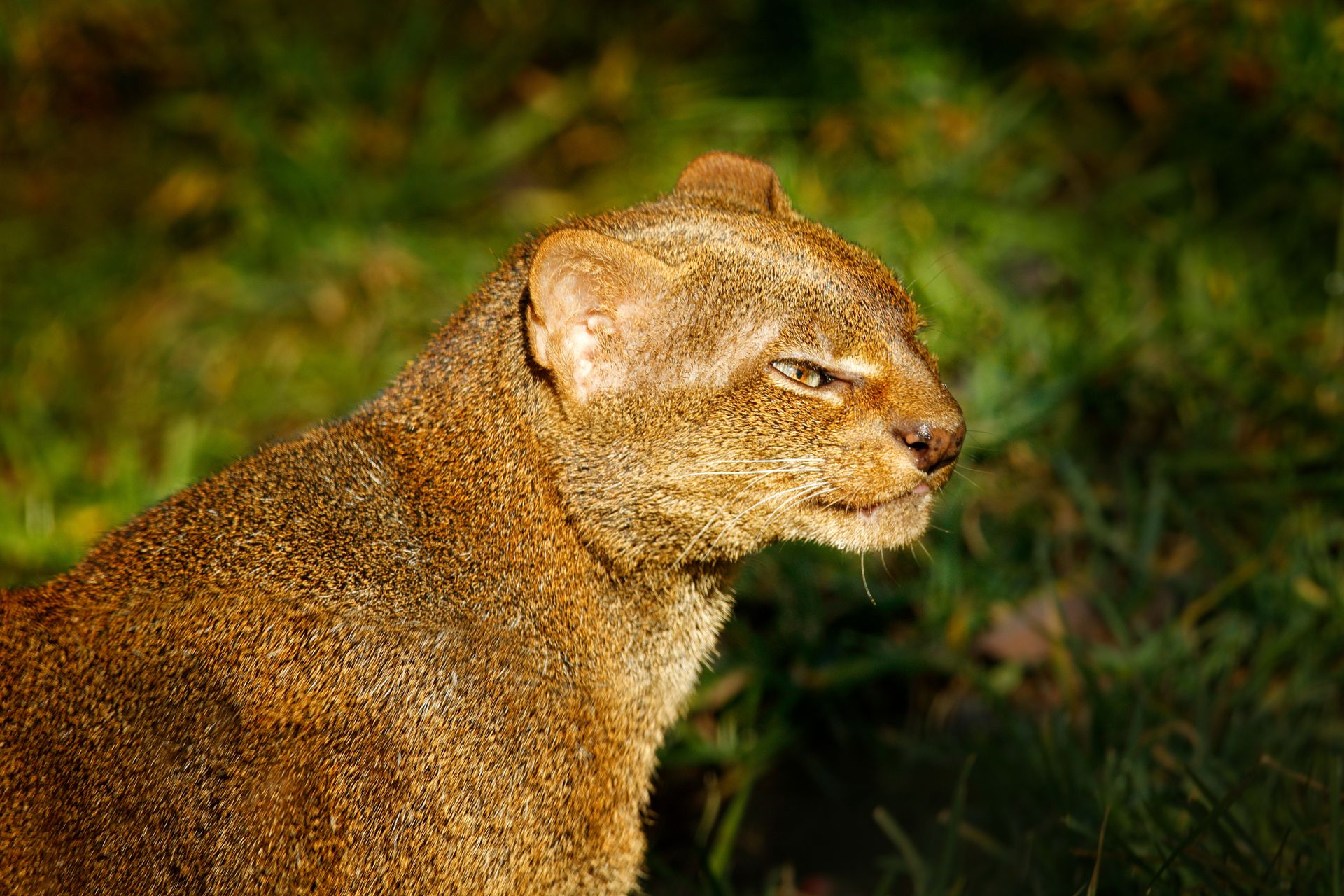
Many biologists place them in the Puma lineage of the cat family, and in some classifications, they share the genus Puma. This is why the name Puma yagouaroundi also appears in scientific texts. They cannot roar like true big cats. Instead, they communicate through chirps, purrs, and other vocalizations similar to their cougar cousins.
Join RAWR SZN Premium
If you like this, you’ll like Premium even more.
Upgrade to PremiumPremium subscription includes:
- New posts every Tuesday, Thursday, and Sunday
- Bonus insights, rare behaviors, and deep dives
- Unlock full access to all archived posts
- Ad-free reading experience



